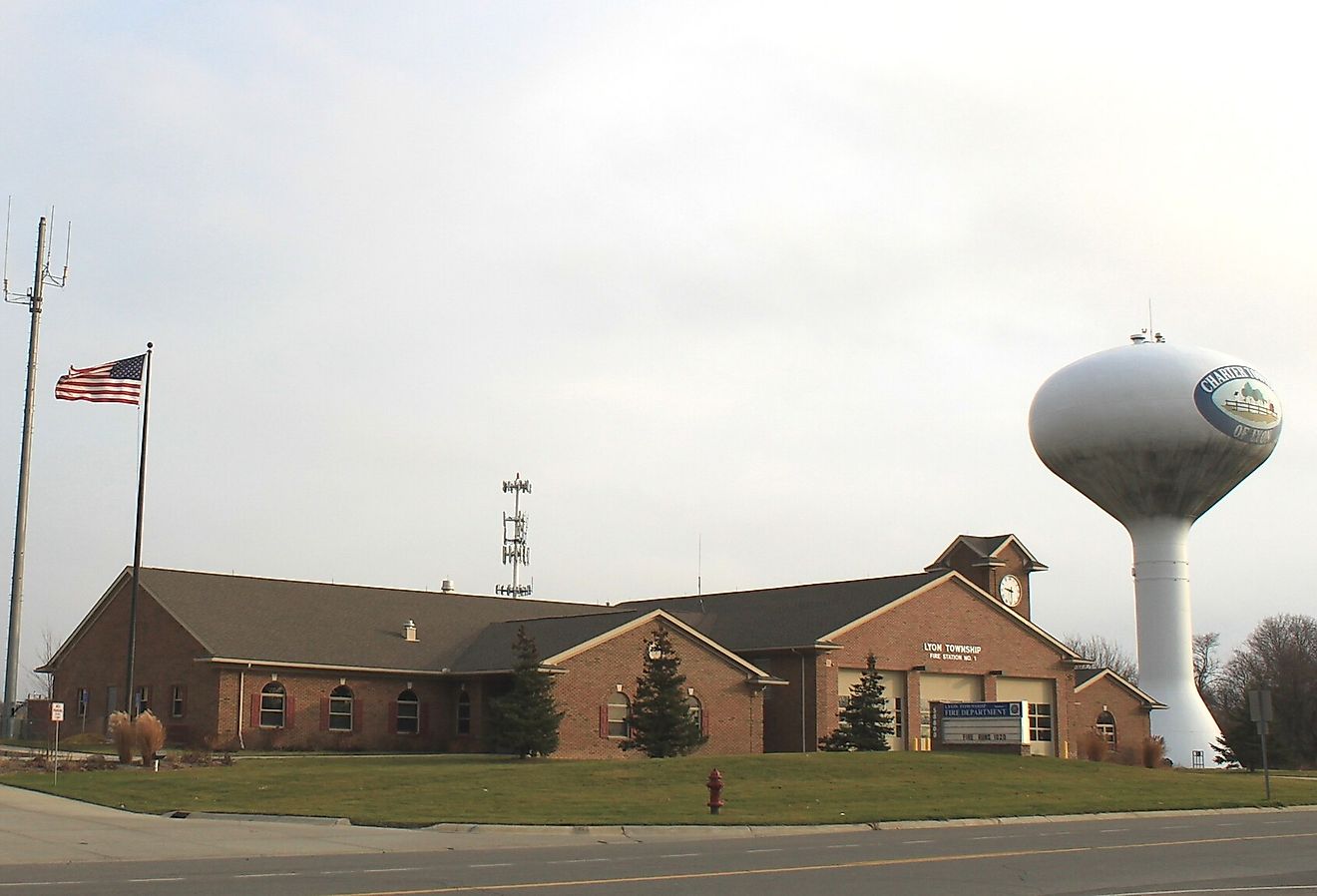Sarazm Archaeological Site, Tajikistan

5. Description and History
The Sarazm Archaeological Site, also known as the Proto-urban Site of Sarazm, encompasses the remnants of an ancient town in the nation of Tajikistan. Sarazm is a United Nations Education, Scientific and Cultural Organization (UNESCO) World Heritage site, having been designated as such in 2010. Sarazm is a classified as a jamoat (third level administrative division) of Turkmenistan that is located in the Panjakent District, which in turn is in the Sughd Province. The archaeological site of the ancient town is located in the Zarafshan Valley in the northwest part of the country. The town is believed by historians and archaeologists to date all the way back to the 4th Millennium BC (4000-3001 BC). The city is believed to have been one of the largest, if not the largest, sites of early metallurgical exporting in the central Asian region before the town was abandoned around 2000 BC when Andronovo settlers came into the area. Archaeologists then believe that the city was reestablished again, around no later then 1500 BC to originally serve as a mining area to mine and collect turquoise that was in the area. As time went on the city then grew to serve as a important center for agriculture and cooper production for the general region in the surrounding area. Evidence for the city's agriculture was discovered at the site when archaeologists found free-threshing hexaploid wheat, naked barley and hulled barley at the site, with the barley being similar that that found at other ancient sites in Pakistan and China. The town first was discovered in 1976 by a farmer at a construction site and the next year archaeologists began to excavate the site.
4. Tourism
Although the site of Sarazm is being actively in by archaeologists, tourists are allowed to come and visit the site. The main draw for tourists is to visit the areas of the site that have already been excavated and are covered by five large roofs. This allows the visitors to see the remains of the city that the archaeologists have already uncovered and if they are lucky there will be archaeological researchers working that can provide the tourists with some brief knowledge of the site. There is also a small museum on the site where tourists can see some of the artifacts from the site on display. During the trip to the site tourists are guide around the site by a tour guide to see the non-restricted areas of the site that where mentioned above.
3. Uniqueness
Sarazm is one of only two UNESCO World Heritage sites in all of Tajikistan, with the other being Tajik National Park, and Sarazm is the only cultural World Heritage site in the country. The site of Sarazm is unique in that the city shows how human settlements and early proto-urbanization developed in Central Asia so many thousands of years ago. The city is also unique in that it shows that existence of trade relations and the exchanging of culture between peoples far and wide in the greater area of Asia, from the Indian Ocean to Turkmenistan. The center of the settlement that has been uncovered is also one of the oldest ever to have been found in Central Asia.
2. Natural Surroundings, Sights, and Sounds
The site of the ancient city of Sarazm is located in the Zarafshan Valley situated off of the left bank of the Zaravshan River, and sits at an attitude of 910 meters (2,985 feet) above sea level. The area around the site is also covered in steppe grass and plains, with a small village of a few hundred local people that live just off of the site. At the site you can see the large roofs that have been constructed over the remains of the ancient city that have been dug up by the archaeologists, while being able to see and hear them working on the site.
1. Threats and Conservation Efforts
According to resolutions from the Tajikistan government, the site at Sarazm has the official legal status of a historical and archaeological reserve, a designation meant to help protect and manage the site. Due to the conservation efforts from the Penjikent Archaeological Base at the site, the government of Tajikistan, and the World Heritage Earthen Architecture Program (WHEAP), the property is in stable condition and the area is under control. The site has had all of its parts that have been uncovered kept where they were found and the only deterioration has been due to natural erosion processes over time. The two major concerns for the site is that it still has an ill-defined boundary due to that fact that the exact boundaries of Sarazm are not fully known yet and that the management system overseeing the site is inadequate and the amount of staff needs to be increased, along with higher levels of training.











